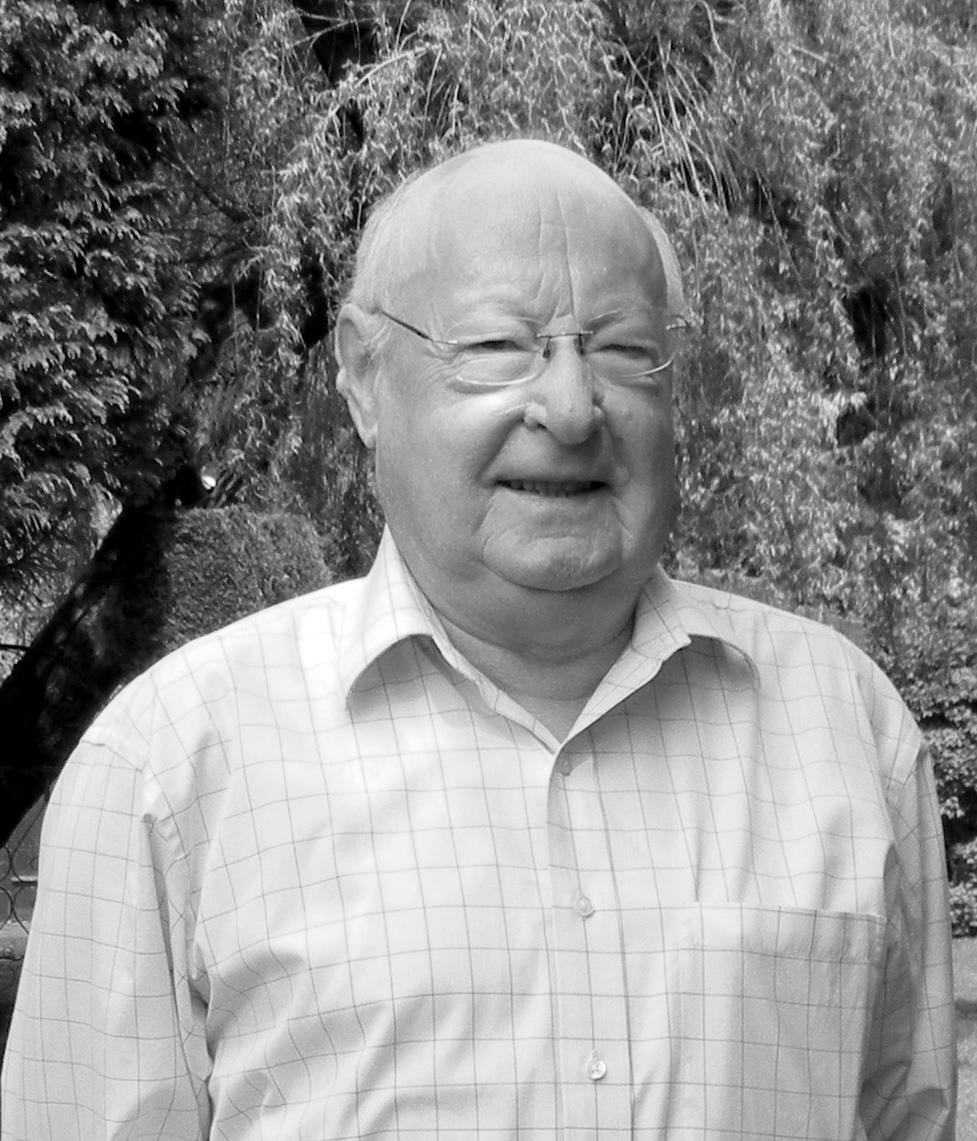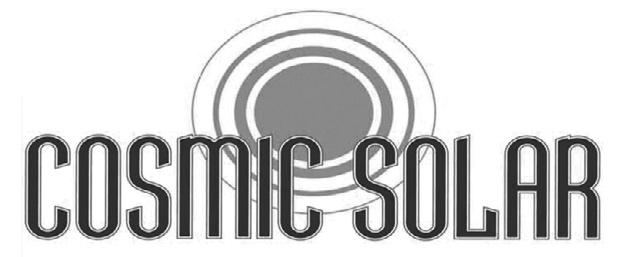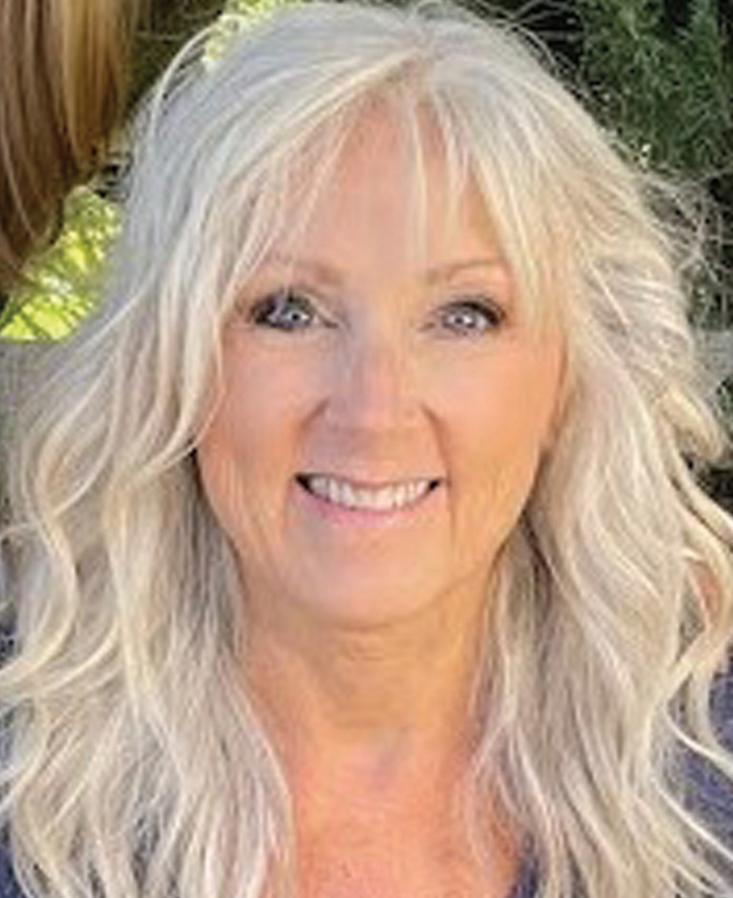
3 minute read
Historically Speaking Bridge to California’s Economic Power
from August 17, 2023
by The Paper
dent Franklin Roosevelt dedicated the finished project, which took hundreds of construction workers plus the lives of 24 men.
The expansive structure, known locally as the “Bay Bridge” is a complex of bridges spanning the wide San Francisco Bay. As part of Interstate 80 and the direct road between San Francisco and Oakland, it carries vehicles daily on its two decks. It has one of the longest spans of bridges in the United States. Due to earthquake concerns, which became reality with the collapse of a section in 1989, the eastern section was replaced by a new crossing that opened on Labor Day 2013.
Advertisement
Commerce has always been at the heart of the endeavor. San Francisco, at the entrance to the bay, was perfectly placed to prosper during the California Gold Rush. Almost all goods not produced locally arrived by ship. But after the first transcontinental railroad was completed in May 1869, San Francisco was on the wrong side of the Bay, separated from the new rail link. The fear was the city would lose its position as the regional center of trade. The concept of a bridge spanning the San Francisco Bay had been considered since the Gold Rush days. Several newspaper articles during the early 1870s discussed the idea. In early 1872, a “Bay Bridge Committee” was hard at work on plans to construct a railroad bridge.
But the task was too much of an engineering and economic challenge of that period since the Bay was too wide and too deep. Then in 1921, an underground tube was considered, but it became clear that would be inadequate for vehicular traffic. Support for a trans-bay crossing finally grew in the 1920s with the increasing popularity and the advent of the automobile.
A commission was appointed to evaluate the idea and various de-
Travel Troubleshooter
by Christopher Elliott
Julie Schumer’s return flight gets canceled during the Southwest Airlines meltdown in December. Southwest sends the money to her cruise line, but her cruise line won’t refund her. What’s going on?
Q: My family and I recently took a Princess cruise, and I booked my airline tickets through the cruise line’s EZair program. Our return flight from Fort Lauderdale, Fla., to Denver was on Southwest Airlines, and it happened in December during the airline’s service debacle. Southwest canceled our flight. We had to return on another airline.
Southwest Airlines refunded Princess in early January for all four tickets. But I have not received the money yet. I’ve sent emails to the vice president of guest relations, the director of customer service and the president of the cruise line, but have received no reply. Can you help us get our $983 back?
A: Princess should have refunded you promptly for the Southwest Airlines flights. After all, the airline had fully refunded the cruise line after its service meltdown at the end of last year. (You contacted me in late April to ask for help, so it had been four months since your flight.)
The EZair program is Princess’ air-inclusive program, and it offers certain guarantees that your airline can’t. Those include the ability to cancel airline tickets up to 45 days before your departure with no fees. Princess also says you can “rest easy” that you’ll make your cruise if it’s delayed or canceled on the day of travel with same-day arrival protection. So it makes sense to look into EZair.
Unfortunately, for the type of tickets you booked, the EZair terms stated that your flights were com- pletely nonrefundable. So technically, Princess was following its rules.
But rules are made to be broken, especially during an extraordinary event like the Southwest Airlines service disruption.
Princess did respond to you initially, claiming that you are only entitled to vouchers that can be used with Southwest directly. “Southwest did not issue any refunds to Princess Cruises,” the representative said.
However, Southwest said it had issued full refunds during the service disruption and that it sent the money to Princess.
Who’s right? Well, technically, you bought your tickets through Princess, so your contract is with the cruise line. If your agreement says Princess can keep the money -- which it appears to -- then the signs for a bridge across the Bay. It was known as the (Herbert) Hoover-Young Commission. Its conclusions were made public in 1930. In January 1931, Charles H. Purcell, the State Highway Engineer of California assumed the position of Chief Engineer for the Bay Bridge.
To make the bridge feasible, a route was chosen via Yerba Buena Island, a natural mid-bay outcropping inside San Francisco city limits. It would reduce both the ma-
Historically Speaking continued on page 12 cruise line could keep your money, however wrong that may seem to you or me.
It looks like you contacted the Princess executives based on the list on my consumer advocacy site, Elliott.org. Someone should have answered you and offered to review your case. Southwest said it had refunded Princess, but Princess said it didn’t have your money. So who was right?
There’s only one way to find out. I contacted Princess on your behalf. The cruise line reviewed your case and sent a full refund to your credit card.
Christopher Elliott is the founder of Elliott Advocacy, a nonprofit organization that helps consumers solve their problems. Email him at chris@elliott.org or get help by contacting him on his site.
© 2023 Christopher Elliott.











